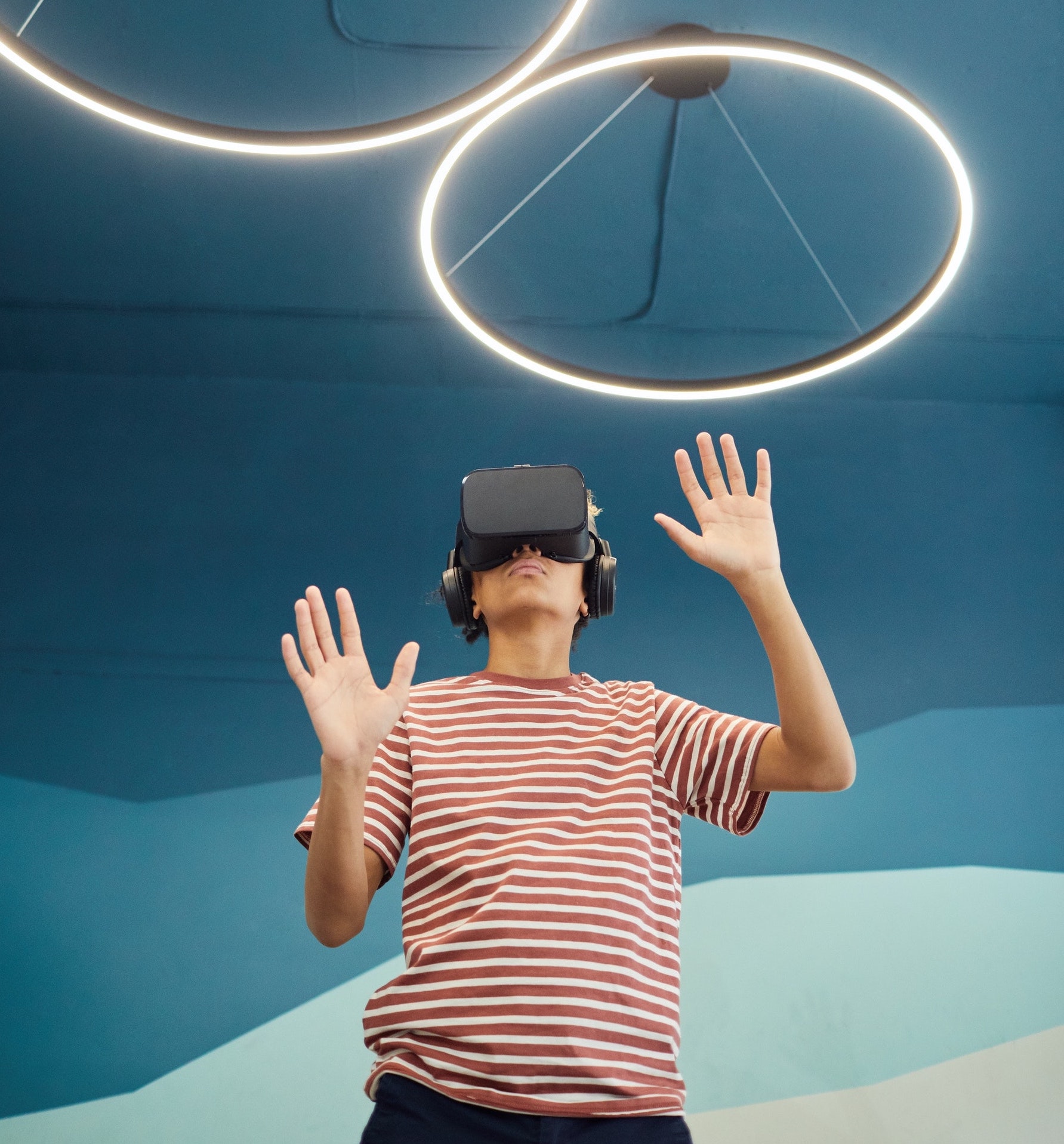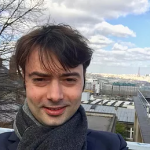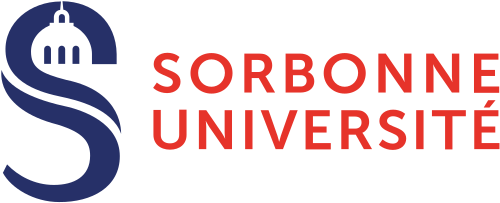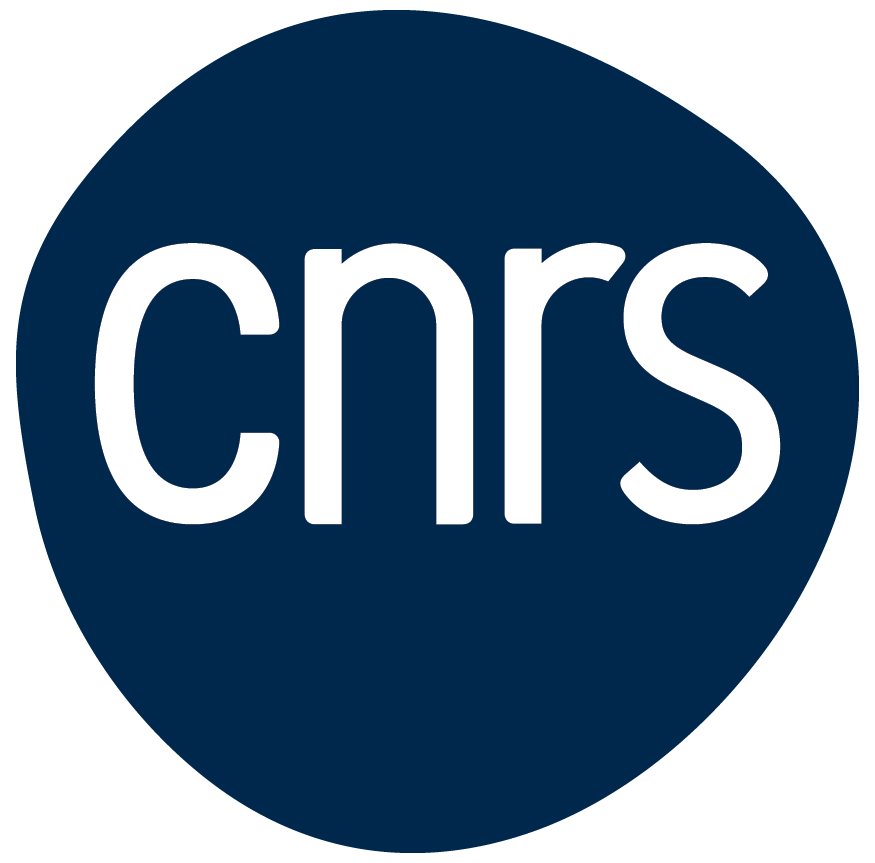Project WAVY – Wearable hAptics for Virtual realitY
WAVY aims to design an advanced wearable haptic device for virtual reality, focusing on sensory illusions and making it accessible to the public. It is positioned in relation to three main research areas:
– wearable haptic devices and in particular kinesthetic devices;
– sensory illusions;
– a framework for easily designing haptic feedback for virtual reality and fostering creative processes.
Context
Virtual reality (VR) has long been reserved for academia and industry. Today, it is finding its way into education, tourism, art, therapy and many other areas. Virtual reality has gained increasing interest in the consumer market in recent years thanks to the impact of technological advances in headsets, controllers and visual and audio rendering. However, a truly successful and complete virtual reality experience relies on exploiting all sensory modalities and giving the user the illusion that they are in a realistic world. To this end, a convincing haptic feedback, which allows touching and feeling during the interaction, is cruelly lacking.
Objectives
The objectives of the WAVY project are:
– to study the combination of multisensory perceptual illusions and haptic feedback (vibration, skin pressure, kinesthetic feedback) to enhance the overall experience in terms of presence, emotion, quality of feedback, etc.;
– design a lightweight, compact and affordable handheld haptic device for virtual reality that provides kinesthetic, vibrotactile and skin pressure feedback;
– further research into the haptic creation process and the development of a framework for “generic haptics”; this is to make it easier for people with little expertise in haptics to design haptic feedback for VR regardless of the device used and its capabilities.
Results
The expected result is a device with a wide range of feedback (vibration, skin pressure, resistive feedback) associated with a software solution for creating haptic interactions and sensory illusions. The objective is that this software tool should be accessible and can be used to develop virtual reality applications via artistic and industrial use cases.
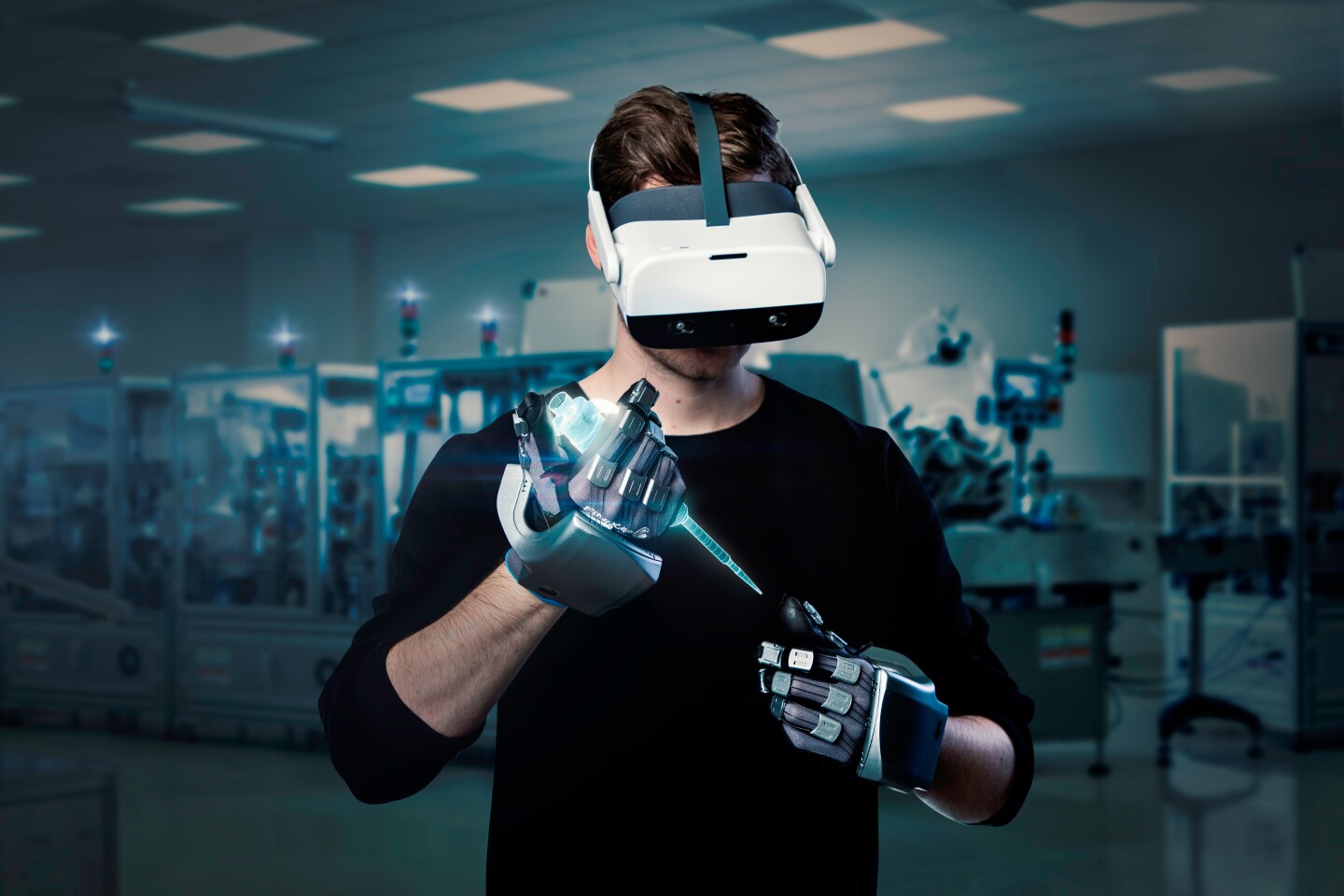
Partnerships and collaborations
This project involves ISIR through a partnership with Sorbonne University led by David Gueorguiev, CNRS Research. The consortium is composed as follows:
– The Sensory and Ambient Interfaces Laboratory – CEA List (project coordinator),
– ISIR – Sorbonne University,
– the start-up GoTouch VR,
– the Arts and Science Workshop, a joint research and creation platform shared with CEA Grenoble.
